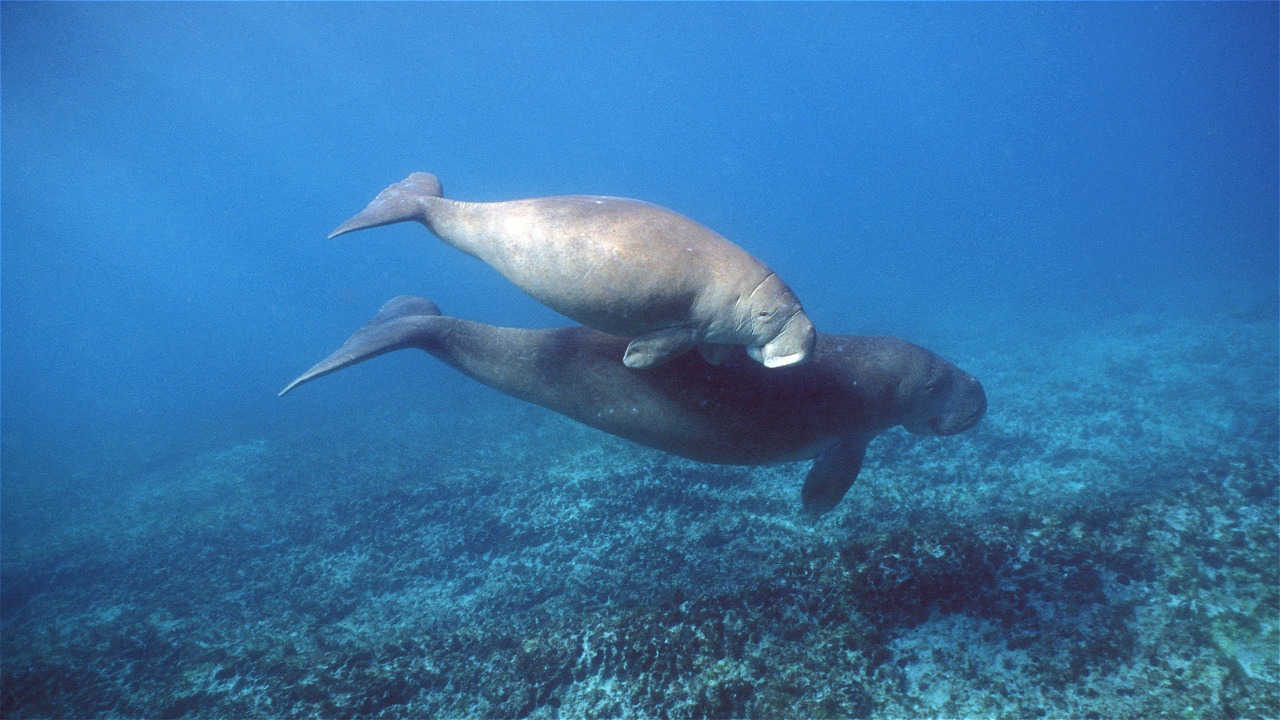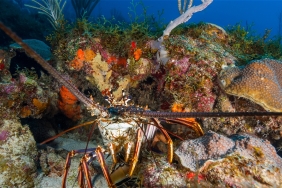LET DUGONGS LIVE FREELY IN THE SEA
By: Casandra Tania (Marine Species Officer, WWF-Indonesia)
Recently, we often hear about dugongs being stranded or caught accidentally. Interestingly, in some cases, the surviving dugongs sometimes end up being kept by their catchers. Dugongs are sometimes kept in cages or most commonly tied by the tail bar to limit their movement so that humans can interact more easily with these notoriously shy animals.
The tail-tied dugong on Kokoya Island, Morotai, North Maluku, is one example of illegal capture by humans. Online news media reported that the captured dugong was already injured. This inappropriate treatment raised concerns from divers who witnessed and spread the news on social media. Fortunately, these concerns were followed up swiftly by the local marine and fisheries office which led to the release of the dugong.
A bound dugong is prone to stress and can have negative implications on its physical condition. Restriction of movement will also make it more difficult for the dugong to forage for food, especially due to the limited distribution of seagrass beds, which can lead to malnutrition over time. Ties at the base of the tail tend to cause constant friction which can lead to permanent scars and deformation of the body shape. Being bound makes it difficult for dugongs to adjust to tidal conditions. At low tide, these dugongs, which spend much of their time at depths of less than 10m, often end up with serious burns on their backs or stranded. At high tide, dugongs are in danger of drowning. This condition is certainly very dangerous for dugong.
Dugong at Risk
Dugongs are not migratory animals like sea turtles or whale sharks. However, dugongs are semi-nomadic which means that they also travel relatively long distances in search of food, albeit at intervals throughout their lives.
This slow-reproducing marine mammal is becoming increasingly threatened by seagrass habitat destruction, illegal fishing and trade, and bycatch. Due to insufficient information on dugong populations and seagrass habitats, dugong conservation efforts in Indonesia are limited.
Therefore, the National Symposium on Dugong and Seagrass Habitat in Indonesia, which will be held in Bogor on April 20-21, is an opportunity not to be missed. It is hoped that the symposium can be a place to gather information on the population, distribution, and management of dugong and seagrass habitats to initiate and strengthen the network of dugong observers in Indonesia.
Dugongs, whose numbers have been greatly reduced in the wild, do not deserve to face this condition. Let's be part of the dugong conservation initiative by not keeping dugongs. Let dugongs live freely in the sea.





